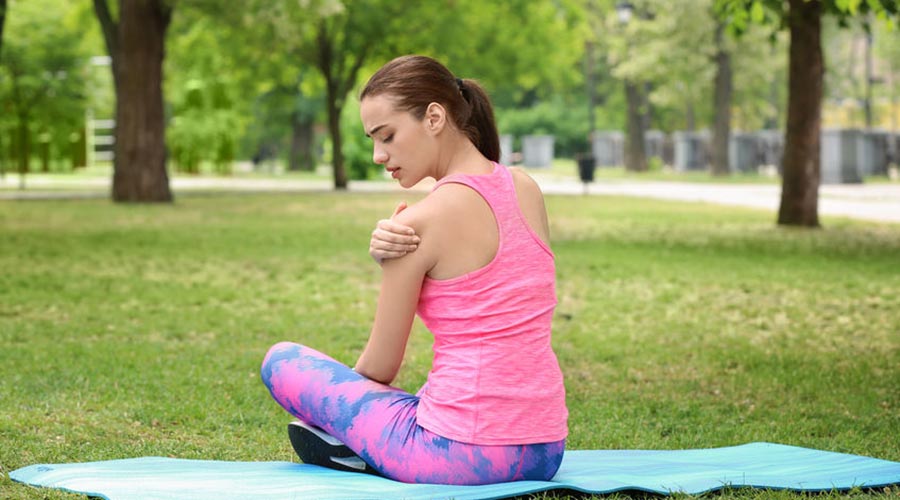Yoga’s popularity has exploded in the recent years, as has the number of Yoga Related Injuries. The number of Americans practicing yoga has risen from about 4 million in 2001 to over 20 million in 2017. Some people have become attracted to yoga as a way to stretch and strengthen, while others have come to it as a gentle alternative to vigorous sports or as rehabilitation for injuries. But despite yoga’s reputation as being a safe form of exercise, it is relatively easy to injure yourself by overstretching and over-reaching, as can be attested by the numbers of yoga related injuries that have steadily increased.
While regular yoga practice can help develop strength, increase ranges of motion and improve balance, as yoga poses (or asanas) become more advanced, they actually require greater flexibility, balance and body strength. One should always start with the simple and move toward the complex.
How to Avoid Yoga Related Injuries
If you’re a beginner, start at the introductory level, always pay attention to the proper form. Know your limitations and don’t hesitate to back down or “sit one out” during a class. Seek out beginner level yoga classes, knowledgeable teachers who offer clear instruction, and stay with the ‘easier” level of the pose until your body feels ready to move toward the more advanced version of the pose. Remember that yoga increases strength and flexibility in the body, but more importantly, in the mind.
Even seasoned yoga practitioners are susceptible to yoga related injuries. Pushing beyond the body’s limitations and ignoring pain are the main reasons for hurting yourself. Westerners tend to forget that yoga is not an ego-building exercise. Always practice with respect for your body and the practice itself.
What to do When You Injure Yourself
Take a few days of rest from exercise that requires the use of the injured muscle or body part. If you pulled a muscle in your neck, try going for a walk or a run. Depending on the severity of the injury, you may need to seek professional care. Massage, physiotherapy and chiropractic adjustments can all be of immense help when dealing with yoga related injuries. Manual therapy techniques such as joint and soft tissue mobilization can help relieve pain and restore muscle and joint function to reduce pain. Such therapies can also prevent pain from returning.
And remember that regular chiropractic care is extremely useful for getting your body in shape for yoga, because well aligned spine supports healthy muscle function by keeping everything in balance.





